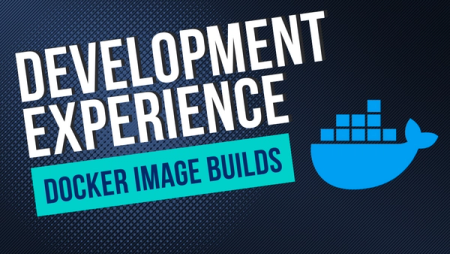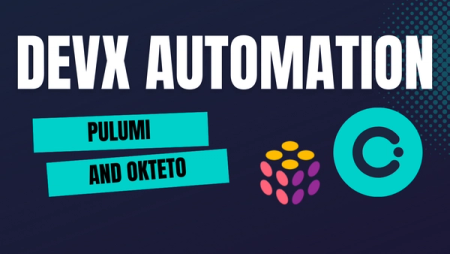Discover How Kubernetes Development Environments Help Accelerate Developer Velocity and Drive Cloud Application Innovation

The big day has finally arrived for your enterprise development team. The cloud application you’ve been developing for over a year is finally ready to migrate from a development to a production environment. Users have been waiting for this moment.
Everyone across your organization takes a deep breath in anticipation. Sure, it’s a complex cloud application with dozens of interconnected microservices but, hey, QA and DevOps signed off on it — so what could possibly go wrong? The curtain rises, the spotlight comes down, the features and functionality look great but there’s a problem: the application doesn’t work.
Turns out your software’s got more bugs than a bayou bait shop.
Customers boo, your boss rages, competitors gloat, and the reviews are harsh. DevOps gets spanked especially hard when the application is discovered to have a security vulnerability that allows bad actors to get access to the private data of everyone who downloaded it.
And when I say “bad actors” I don’t mean Keanu Reeves or Tommy Wiseau.
Your opportunity to make a good first impression was a disaster. And that’s too bad because — to quote rapper Eminem — “You only get one shot, do not miss your chance to blow.” But instead of blowing, your development organization “blew it.”
Why?
- Poor ability to test for bugs and security vulnerabilities.
- Poor ability to migrate code from development to production
- Pour a drink because you’ve had a rough development day.
Developing cloud applications in today’s complex cloud-centric world — without the right tools and platform — can be tricky.
Google's introduction of Kubernetes, containers, and the cloud have made deploying modern cloud-native applications relatively easy. That's not a small feat considering many cloud apps can be a complex collection of more than 20 to hundreds of individual microservices.
There is no doubt that cloud infrastructure and the concept of containers has changed how applications are deployed. Today development infrastructure is fully automated and operates on a self service basis.
Unfortunately, the same advancements that have moved deployment forward have sent cloud development backward. Increasingly, complex containers and microsystems have made coding challenging. For example, the development of one microservice may be interdependent on several other microservices. That means each development task can require spinning up the development environments for each microsystem with its unique configurations. These administrative tasks exhaust developers, draining them of time and energy and keeping them from innovating in ways that will grow your business.
Fortunately, next-generation pre-configured cloud development environments — with built-in security and infrastructure — are helping companies meet the challenges of Kubernetes development and deployment cloud development.
A cloud-based Kubernetes dev environment is a workspace to develop, test, and debug an application safely. A next-gen cloud dev environment does all that with the enhanced benefits of faster inner loops, greater security, compliance, and a realistic mirror of production to ensure a flawless push to prod. A cloud-based Kubernetes development environment clamps down on all microservice-related issues beyond the limitations of local development environments.
And that's why Okteto, the cloud development platform world leader, is trusted by some of the biggest names in innovation engineering. It’s also the Kubernetes development environment of choice by engineers everywhere.
To help enterprises understand how they can overcome the challenges of today’s complex Kubernetes world, we put together an eBook “How Cloud Dev Environments Accelerate Developer Velocity and Drive Innovation. In this eBook, you’ll learn the 9 reasons why more enterprises are shifting development to the cloud. Benefits include the ability to:
- Accelerate developer velocity by 50%
- Convert monoliths into microservices
- Simplify Kubernetes development
- …and more!
Click here to download the eBook today and see how next-gen cloud dev environments allow you to unleash the power of your development team.


 Arsh Sharma
Arsh Sharma